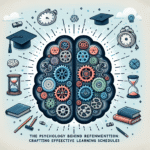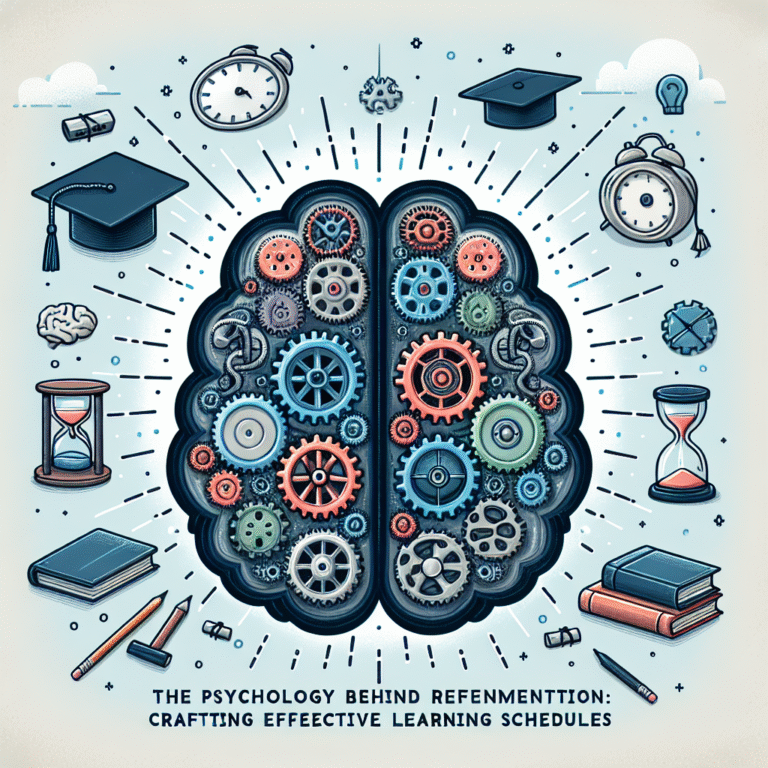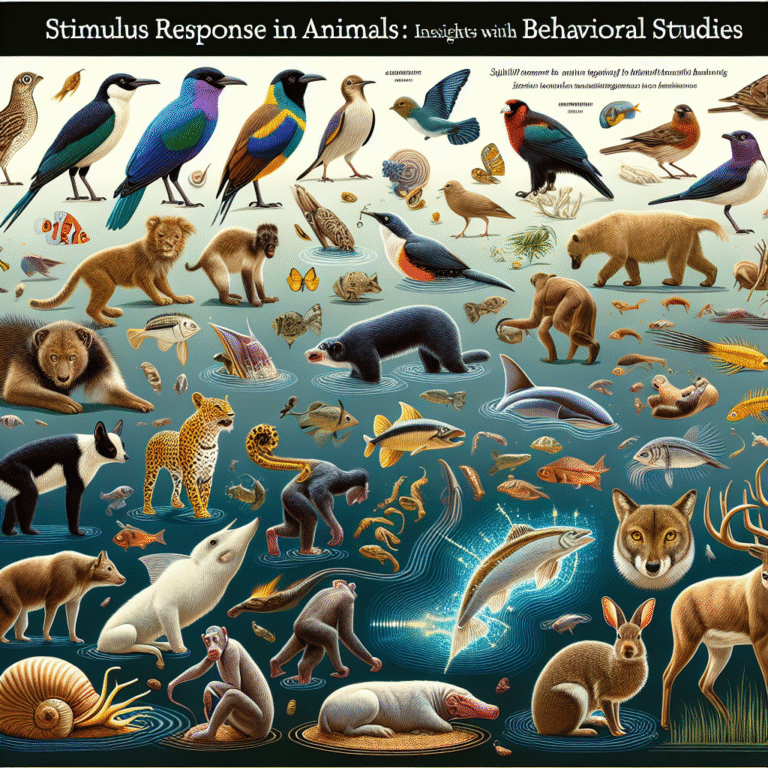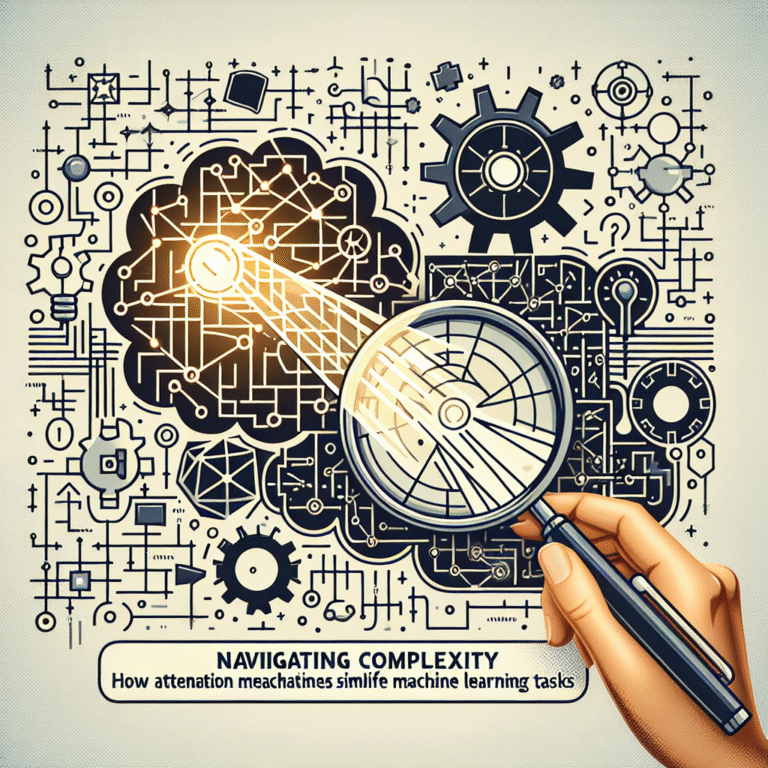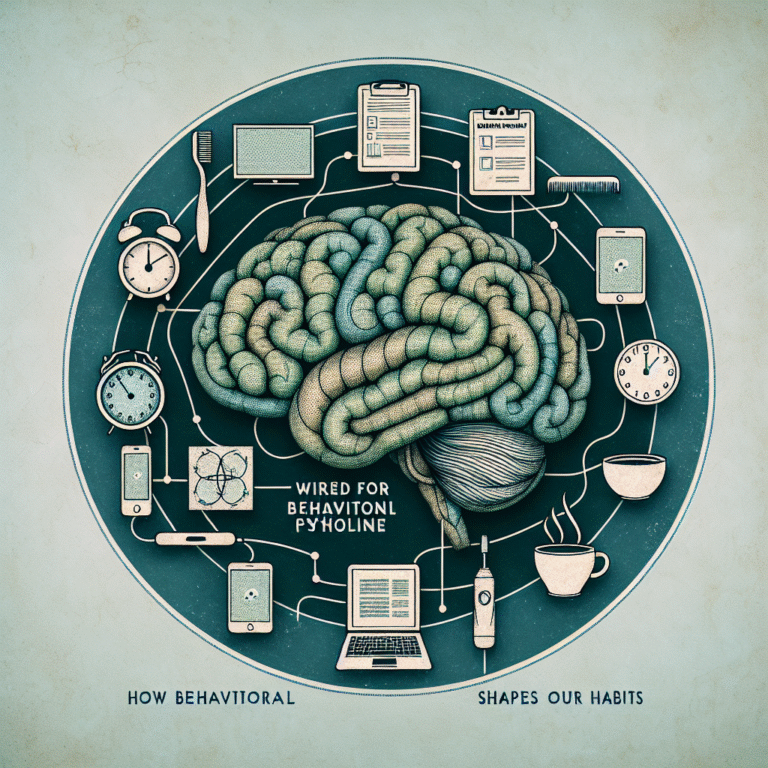Introduction
Imagine walking through an art gallery. As you glance at the paintings, your brain instinctively organizes the visual chaos into coherent images, recognizing patterns and relationships between shapes and colors. This remarkable ability to perceive holistic images instead of disconnected elements is no coincidence; it derives from the principles of Gestalt psychology. In this article, we will explore The Ten Laws of Gestalt Psychology: Unpacking the Basics to understand how they influence our perception and everyday decision-making. These laws form a cornerstone of cognitive psychology, offering insights that can enhance everything from marketing strategies to user experience design.
Gestalt psychology, founded in the early 20th century, challenges the notion that our perceptions stem from simple combinations of sensory inputs. Instead, it asserts that the mind perceives objects as whole forms before breaking them down into their individual parts. Understanding these laws not only offers profound psychological insights but also has practical implications in various fields, such as design, education, and therapy.
The Foundations of Gestalt Psychology
Before diving into the ten laws, let’s briefly discuss the historical backdrop of Gestalt psychology. Developed by psychologists such as Max Wertheimer, Wolfgang Köhler, and Kurt Koffka, this school of thought emerged as a reaction against structuralism, which sought to analyze experiences into basic components. Instead, the Gestalt approach emphasizes the importance of perception as a structured whole, aligning with the famous adage, "The whole is greater than the sum of its parts."
The Ten Laws of Gestalt Psychology
1. Law of Proximity
Definition: The Law of Proximity states that objects located close to each other are perceived as a group.
Application: In design, effective use of space can enhance user experience. For example, a website with grouped menu items is easier to navigate.
Case Study: Consider a social media platform. The layout organizes user posts into distinct clusters based on the proximity of related content. This grouping helps users quickly identify relevant subjects, boosting engagement.
| Proximity Example | Visual Arrangement |
|---|---|
| Grouped Icons | |
| Unused Space |
2. Law of Similarity
Definition: This law states that objects that look alike are perceived as related or part of a cohesive group.
Application: Brands utilize this principle in logo design, where uniformity creates a strong identity.
Case Study: Think of tech brands like Apple and Microsoft, where similar aesthetics in product design enhance brand recognition. Their product lines often feature a cohesive design language, making products easily identifiable.
3. Law of Closure
Definition: The Law of Closure implies that our brains tend to fill in gaps to create a complete picture.
Application: This principle can be observed in marketing, where advertisements use logos that suggest shapes or images, prompting consumers to complete the visual in their minds.
Case Study: The famous FedEx logo uses negative space to create an arrow, implying speed and accuracy. This subtlety encourages viewers to engage cognitively, making the brand more memorable.
4. Law of Continuity
Definition: According to the Law of Continuity, our brains prefer continuous shapes and lines over discontinuous ones.
Application: User interfaces often adopt this principle to ensure seamless navigation. A scrolling website can unroll visually pleasant experiences, guiding the user’s journey.
Case Study: Take the layout of a magazine. Articles that maintain a consistent flow allow readers to absorb information effortlessly, increasing reader retention.
5. Law of Figure and Ground
Definition: This law refers to the differentiation between an object (figure) and its background (ground).
Application: In photography, effective use of figure-ground relationships can create striking images that draw attention.
Case Study: An acclaimed photograph with a clear subject against a blurred background captures attention instantly, emphasizing the focal point.
6. Law of Symmetry
Definition: The Law of Symmetry states that we perceive symmetrical images as a whole, even if parts are missing.
Application: In architecture, symmetry is often employed to create aesthetically pleasing designs.
Case Study: The Parthenon in Greece is known for its symmetrical proportions, which evoke feelings of balance and harmony, further enriching the cultural experience.
7. Law of Common Fate
Definition: This law posits that objects moving in the same direction are seen as a group.
Application: Animated graphics or ads often utilize this principle to guide the viewer’s focus along a pathway.
Case Study: Animated advertisements that feature moving elements in sync can direct attention efficiently, enhancing user engagement.
8. Law of Past Experience
Definition: Past experiences influence how individuals perceive stimuli, leading to different interpretations of the same visual depending on context.
Application: Brands may use culturally relevant symbols that resonate with target audiences, ensuring clarity and immediate comprehension.
Case Study: Localized marketing campaigns that tap into cultural references can yield higher engagement rates, as people relate more strongly to familiar concepts.
9. Law of Simplicity (Prägnanz)
Definition: The Law of Simplicity asserts that of several possible interpretations, we tend to interpret a visual array in the simplest form.
Application: Designers often opt for minimalist aesthetics, reducing visual clutter to facilitate easier processing.
Case Study: The design of the Google homepage exemplifies this law. Its simplicity ensures swift user engagement, focusing attention solely on search functionality.
10. Law of Experience
Definition: This final law states that our past experiences dictate how we perceive the environment around us.
Application: Advertisements often leverage nostalgia or familiar concepts to create an emotional connection with the audience.
Case Study: Holiday-themed campaigns that evoke nostalgic feelings often see success due to their ability to forge emotional connections with consumers.
Conclusion
Understanding The Ten Laws of Gestalt Psychology: Unpacking the Basics equips us with valuable tools for interpreting and improving our daily lives. Whether analyzing user experience in technology, optimizing marketing strategies, or creating engaging designs, the principles of Gestalt psychology offer timeless insights on human perception.
By grasping these principles, individuals can refine their decision-making processes, enhance communication strategies, and foster deeper connections with their audience. The laws of Gestalt serve as essential guideposts in a complex world, urging us to see the bigger picture in our personal and professional lives.
FAQs
1. What is Gestalt psychology?
Answer: Gestalt psychology is a psychological approach that emphasizes understanding the mind and behavior as holistic experiences rather than as individual sensory inputs.
2. How can Gestalt principles improve design?
Answer: By applying the laws of Gestalt psychology, designers can create more intuitive, engaging, and aesthetically pleasing experiences that align with how people naturally perceive the world.
3. Are Gestalt principles only applicable to visual perception?
Answer: No, while they are primarily tied to visual perception, Gestalt principles can be applied to various fields including auditory perception, psychology, and even organizational behavior.
4. How do cultural factors influence Gestalt principles?
Answer: Cultural factors can shape the interpretation of visual stimuli. People from different backgrounds may prioritize various elements differently based on their experiences.
5. Can understanding Gestalt psychology enhance marketing efforts?
Answer: Absolutely! By leveraging Gestalt principles, marketers can create messages and visuals that resonate more deeply with audiences, ultimately leading to higher engagement and conversion rates.
With this exploration of The Ten Laws of Gestalt Psychology: Unpacking the Basics, you are now equipped to leverage these principles in your everyday contexts, ensuring you make the most of your interactions—be it in design, marketing, or personal connections. The power of perception lies within us; it’s time to harness it!
